Modern hospitals are highly digitalized – and the availability of patient data is at the core of this digitalization. As classic IT systems & healthcare IT are converging, having a central monitoring overview like Paessler PRTG becomes more crucial than ever.
Diagnose issues with your healthcare devices by continuously monitoring your hardware, bandwidth, and availability. Show hospital workflows in real time and visualize data in graphic maps & dashboards to identify problems more easily. Gain the visibility you need to troubleshoot issues with your hospital computers.
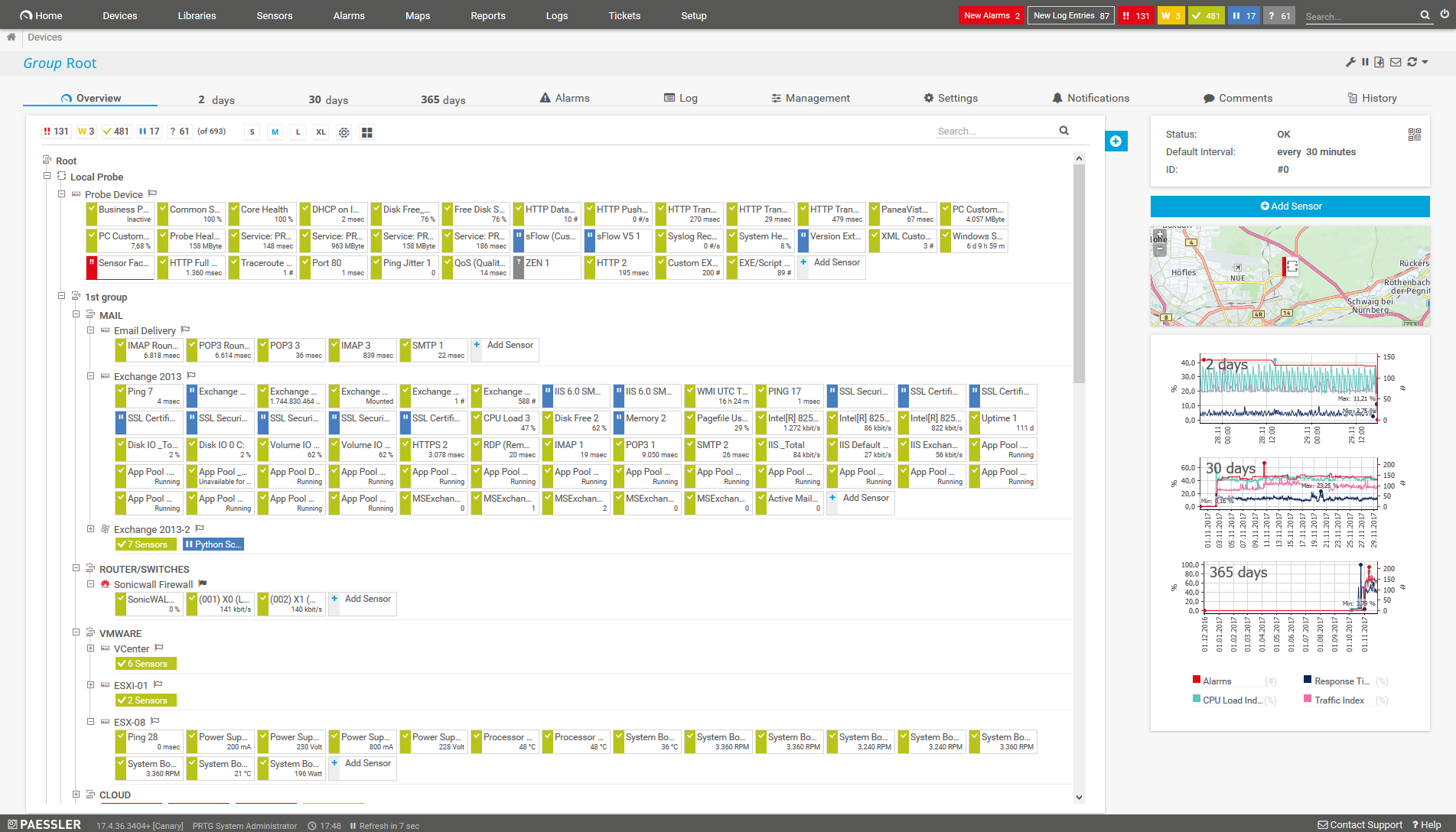
Device tree monitoring overview in PRTG
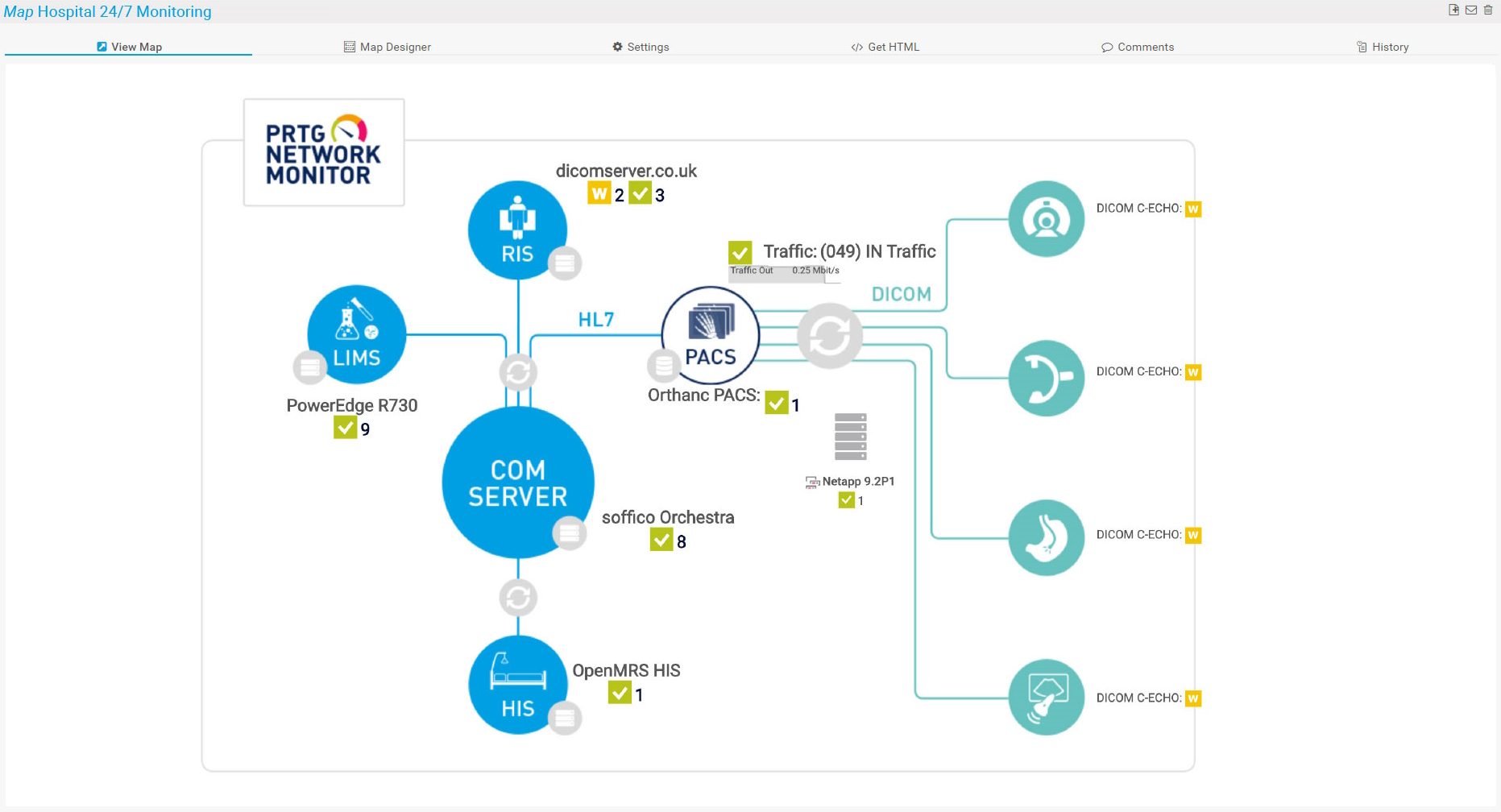
PRTG dashboard for a high-level healthcare IT infrastructure overview
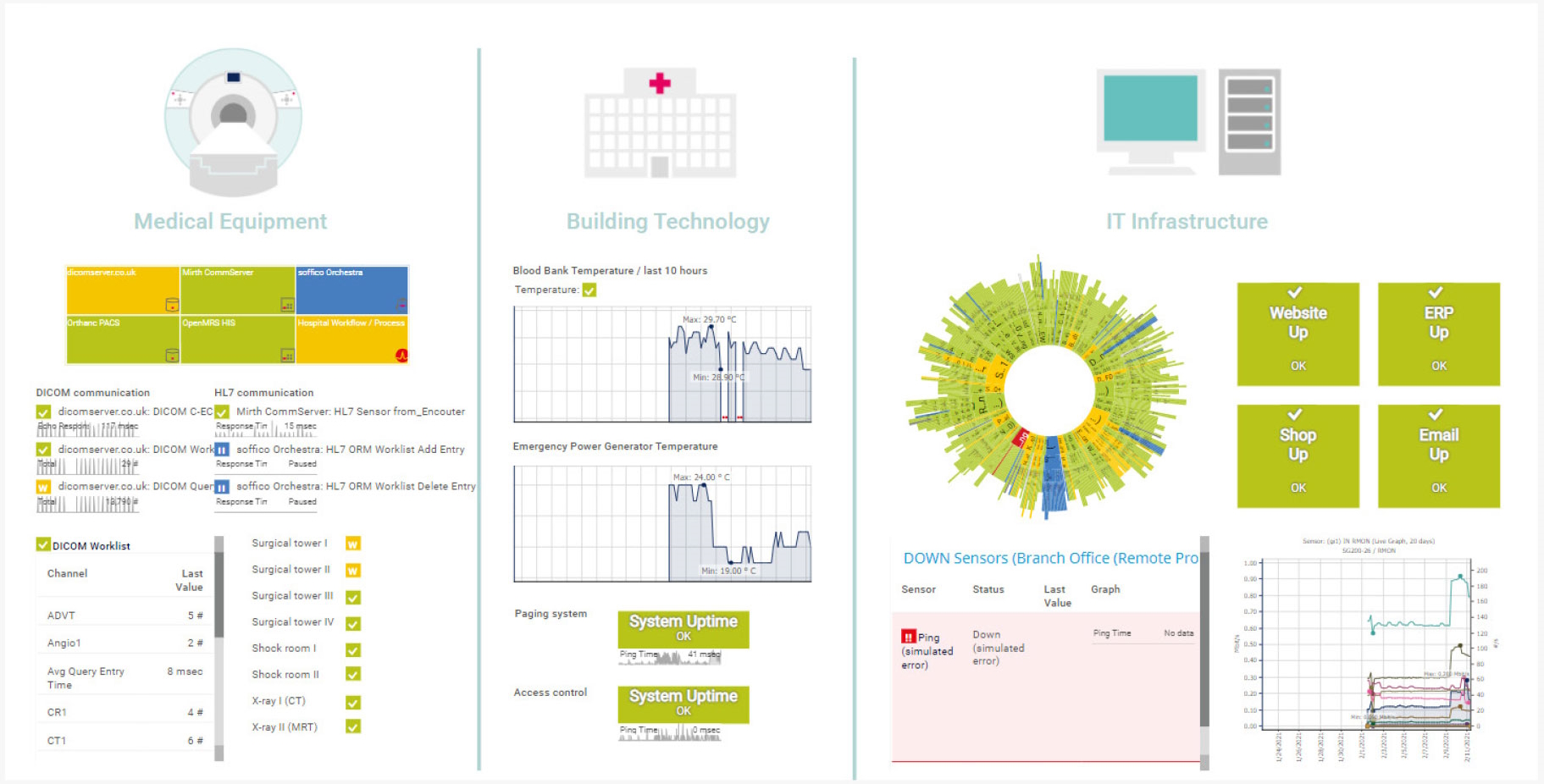
Consolidated monitoring of medical equipment, building technology, and classic IT infrastructure

Device tree monitoring overview in PRTG

PRTG dashboard for a high-level healthcare IT infrastructure overview
With PRTG, you get a centralized monitoring solution that is a perfect fit for monitoring both classic IT (servers, databases, computers, email, etc.) and healthcare IT (medical devices, hospital systems, specific technologies).
But what exactly can you monitor in a typical hospital setup, for example? Find out about some use cases for medical monitoring in a healthcare environment.
Beyond out-of-the-box support for all classic IT standards, PRTG offers a RESTful API as well as DICOM and HL7 support. Easily integrate medical devices, mobile health workstations, and healthcare IT communication processes into your monitoring with our preconfigured PRTG sensors.
See the PRTG Manual for a list of all available sensor types.
This white paper introduces Paessler PRTG as a complete and reliable solution for monitoring your healthcare IT systems.
Get an overview of what a typical healthcare IT environment looks like and which standards and protocols are used; and learn about the challenges that IT professionals in the healthcare sector face and how PRTG can help them overcome these challenges.
Companies around the world trust PRTG Network Monitor when it comes to ensuring that their IT systems run smoothly.
HammondCare is a not-for-profit independent aged care and health services provider for residential care, home care, community health and hospital care. It monitors the IT infrastructure at their 76 sites with the use of Paessler PRTG to be able to respond proactively to incidents rather than awaiting site-based staff to report problems, which previously took hours and resulted in greater business outages.
The Red Cross needs a steady flow of blood reserves to be able to save lives. In Austria, this blood is collected, managed, and distributed at the Red Cross Blood Donation Center in Linz. To promptly detect errors (and prevent potential damage and failures), the responsible IT team keeps a constant eye on the availability and performance of the entire IT infrastructure with the help of Paessler PRTG.
LUMC is a modern university medical center for research, education and patient care with a high-quality profile and a strong scientific orientation. LUMC chose Paessler PRTG because of its ability to monitor medical equipment as well as the health of the entire network 24 hours a day and also, by extension, the health of the patients.
Partnering with innovative IT vendors, Paessler unleashes synergies to create
new and additional benefits for joined customers.
Combining PRTG’s broad monitoring feature set with IP Fabric’s automated network assurance creates a new level of network visibility and reliability.
Asset visibility is a big problem for many IT teams. Not having an accurate inventory of tech assets is inefficient, costly and a potential security risk.
A combination of Orchestra and PRTG provides the ideal solution to monitor the traditional IT Infrastructure as well as the central communication server in hospitals and industrial environments.
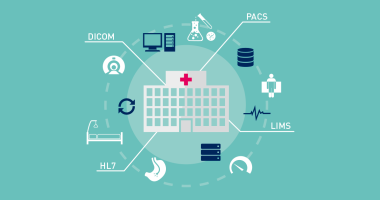
Read about the preconfigured DICOM and HL7 sensors that come with PRTG out-of-the-box and what exactly you can monitor with these sensors.
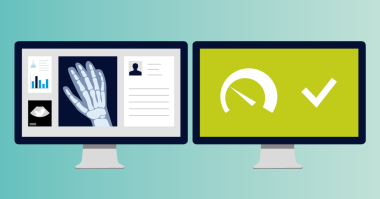
Watch this free webinar where we discuss challenges related to healthcare IT and show you typical use cases of how to monitor digitalized medical equipment and healthcare workflows.
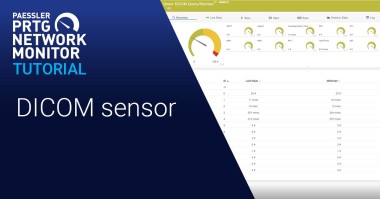
In this blog post, we share some tutorial videos that show you exactly how to set up our PRTG healthcare IT sensors and tell you more about the information that they deliver to you.
Healthcare IT monitoring refers to the practice of overseeing and tracking the performance, availability, and security of information technology systems and applications within the healthcare industry. It involves the continuous monitoring of various components and processes related to IT infrastructure and software applications used in healthcare settings, such as hospitals, clinics, and healthcare organizations.
One of the main goals of healthcare IT monitoring is to enable healthcare providers to deliver high-quality care to patients and to contribute to the delivery of effective patient care and the protection of sensitive patient data.
Healthcare IT monitoring software refers to specialized software solutions designed to monitor, manage, and analyze the performance, availability, and security of healthcare IT systems. These software tools provide healthcare organizations with the means to proactively monitor their IT infrastructure, identify issues, and ensure the smooth operation of critical systems.
Healthcare IT monitoring tools should include the following features, among others:
In PRTG, “sensors” are the basic monitoring elements. One sensor usually monitors one measured value in your network, for example the traffic of a switch port, the CPU load of a server, or the free space on a disk drive. On average, you need about 5-10 sensors per device or one sensor per switch port.